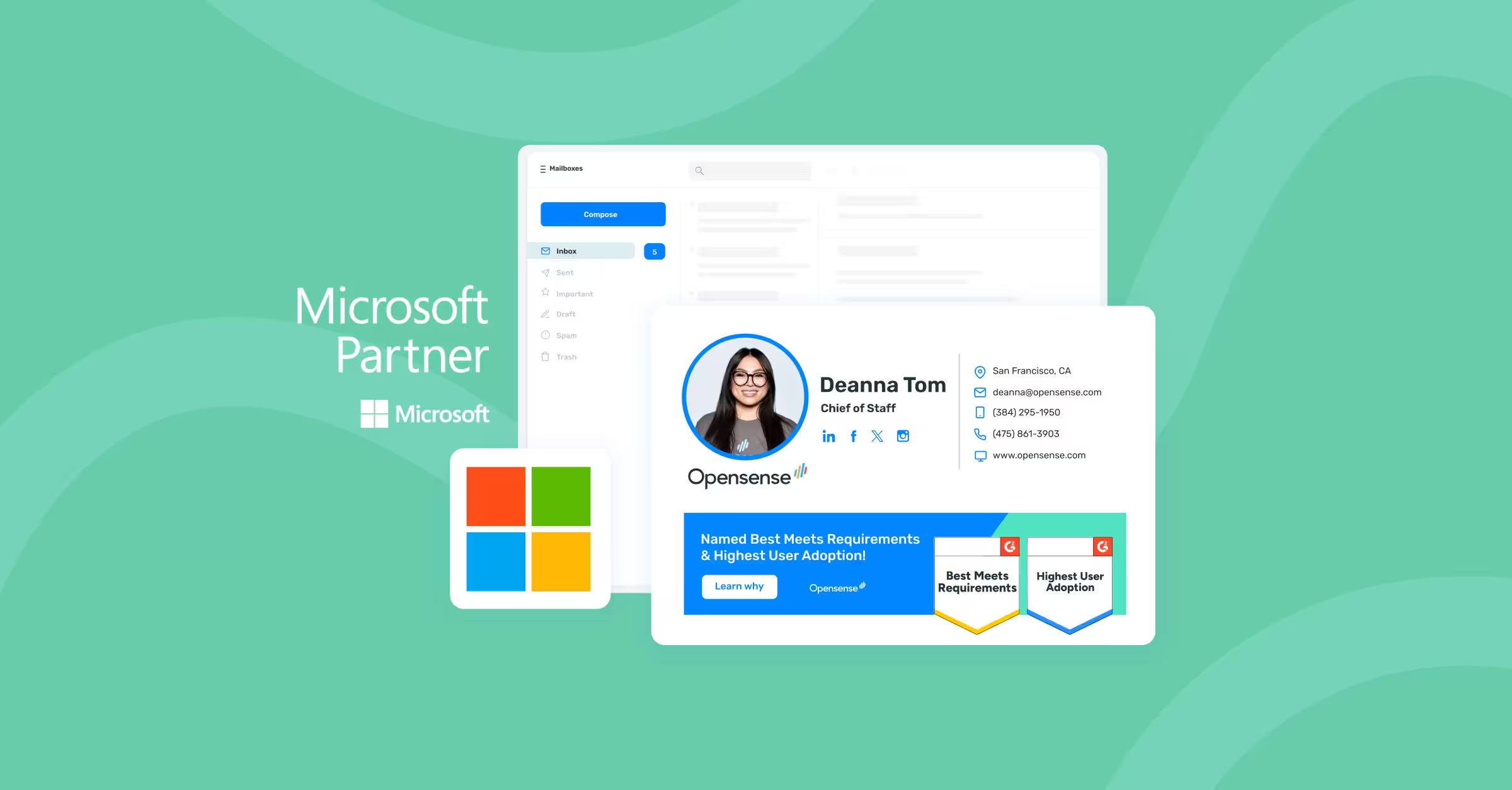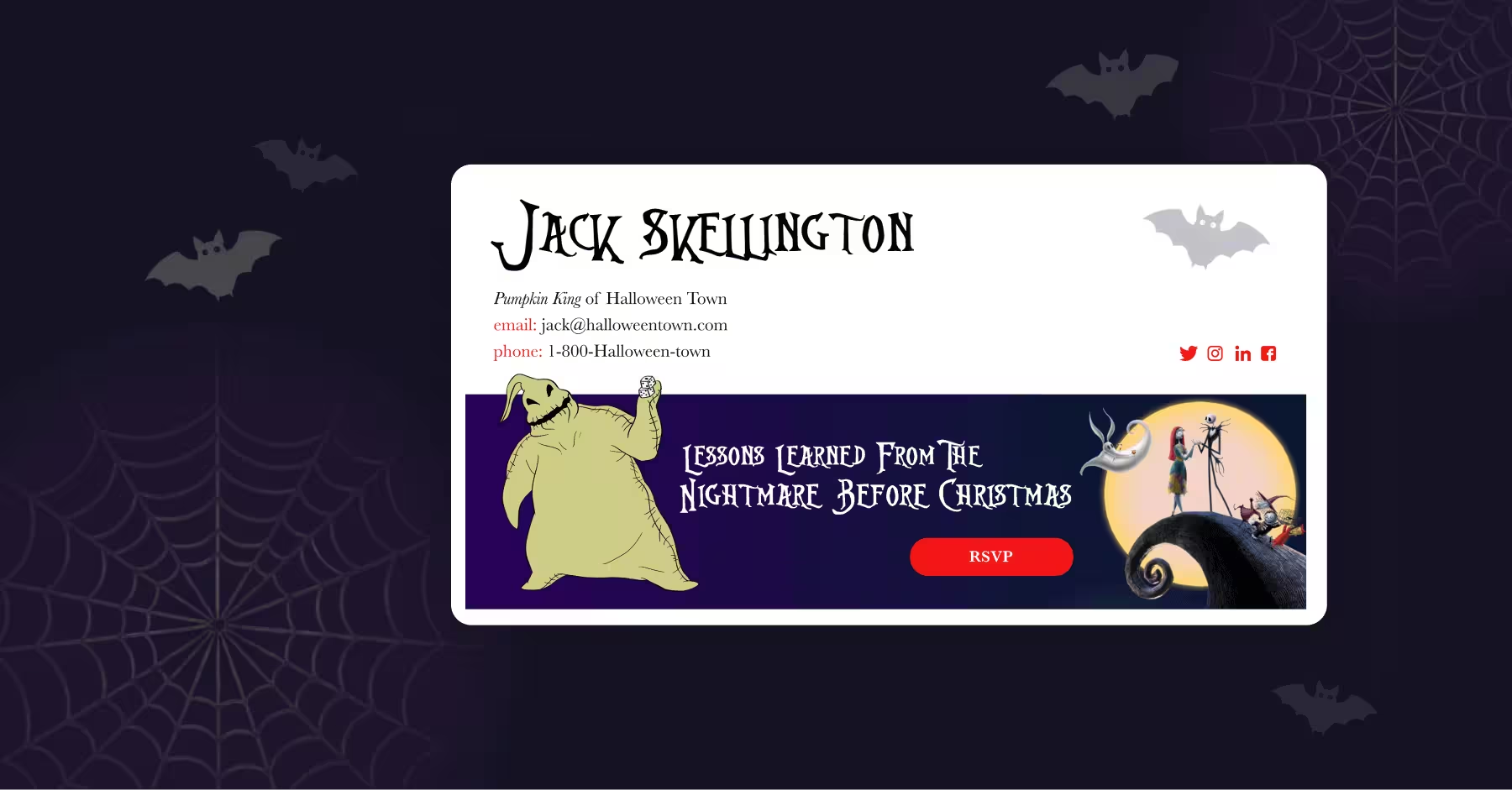
Email Authentication for Enterprise Brands: How to Send Secure Email
Enterprise businesses rely on email communications to get their messages across to multiple recipients. These messages may contain vital information about a company’s latest updates and upcoming events, but hackers and spammers could send the wrong information on your behalf leading your clients to click, download, or login to pages that do not belong to your company in an attempt to exploit your clients while pretending to be you.
Data breaches and leaks have become commonplace, and enterprise brands must use email authentication to secure their communications.
In general, there are three main protocols that companies can ensure that their emails are authenticated with.
- SPF: Sender Policy Framework
- DKIM: DomainKeys Identified Mail
- DMARC: Domain-based Message Authentication, Reporting and Conformance
Understanding what email authentication is will help companies establish policies around the use of authenticated email. This article will cover what email authentication is, the different types of protocols available for protecting emails, and how to use these services.
How to Send Secure Email: 3 Protocols to Know
To ensure that your email's security is prepared to fight against hackers, it's important that you use one or more of the following protocols.
1. Sender Policy Framework
The Sender Policy Framework is a good place to start for companies who are used to sending emails but don't have much experience with authentication. It's an SPF record that uses DNS records to tell the recipient which servers are authorized, senders.
SPF works by verifying that the domain authorizes the email server, then it prevents spoofing by verifying that the message actually came from that server.
This protocol helps prevent phishing attacks, which are when people try to get you to reveal sensitive information like your password or credit card number.
With SPF protocol, there are two different "fail" types - soft and hard. If the SPF check fails, the email will be determined as invalid and won't reach its destination.
2. DomainKeys Identified Mail
DomainKeys Identified Mail (DKIM) is a public key cryptography technology that adds a digital signature to outgoing emails, which makes it possible for recipients to verify their authenticity and message integrity.
While SPF ensures that the sender can truly send an email, DKIM uses public-key technology to ensure that the message is unaltered, so recipients know exactly what they're receiving.
Enterprise companies can set up DKIM by using cryptographic keys to create digital signatures for outgoing messages. The message is signed once again on the receiving end with a special key to ensure that it hasn't been changed in transit.
With DKIM, there are two possible results - either "pass" or "fail.” If the DKIM fails, it will be marked as spam and won't reach its destination.
3. Domain-based Message Authentication, Reporting, and Conformance
Domain-based Message Authentication, Reporting, and Conformance (DMARC) is a policy framework that was created to prevent phishing attempts by verifying emails sent out by domains for businesses or other groups.
This protocol helps ensure email deliverability so messages sent from a company's website don't get flagged as spam. It also helps protect email from being spoofed by applying the "p=reject" action which will prevent emails from being delivered if they fail authentication tests.
For DMARC to work, it first authenticates using DKIM and SPF before reporting on its compliance through its published policy, which is set to either "quarantine" or "reject."
Enterprise companies can use DMARC to determine what should happen if an email fails the authentication tests. Once it's implemented, mail servers will be able to check for sender policies before accepting messages that are sent from a specific domain.
Malware & Phishing Attacks
If an email isn't properly authenticated, it will be easier for hackers to send malicious software to your employees. This is because the presence of malware can expose company data and potentially lead to its theft.
Hackers usually rely heavily on social engineering techniques that fool people into disclosing their credentials or infecting themselves with malware by clicking links within an unencrypted email.
Loss of Brand Reputation
When emails aren't adequately authenticated and sent to customers, recipients might believe that your company doesn't care about data security. This could lead to a loss of customer trust and even damage your brand.
If you want to protect your email communication from these risks, it is critical to invest the necessary time and money in learning more about email authentication services.
With millions of emails sent every day, the risk of failing to protect emails is too high for any enterprise company.
Enterprise companies can put themselves at risk by failing to send authenticated messages. Email authentication technologies can reduce these risks by protecting messages as they're sent across the internet, so it's essential to implement these protocols before it's too late.


.svg)



.svg)



